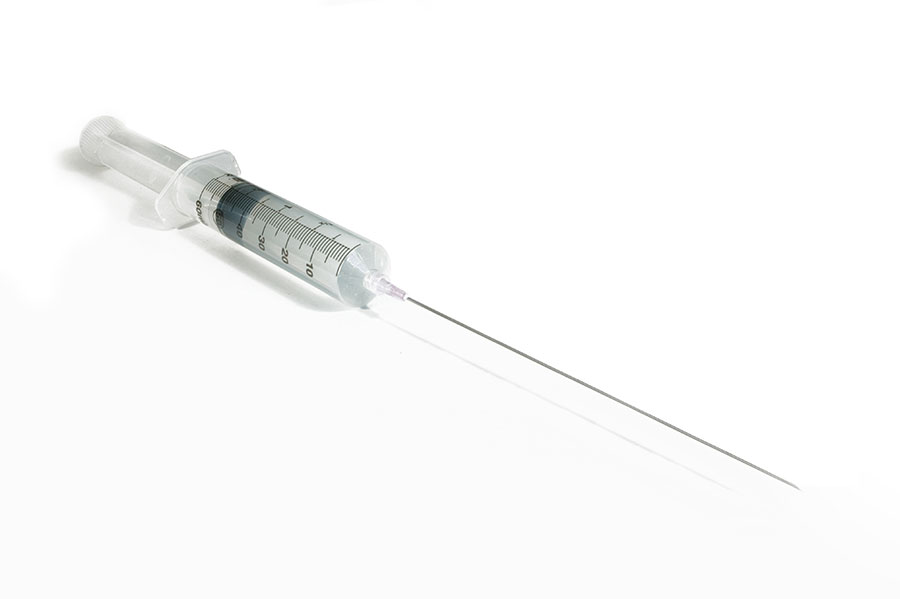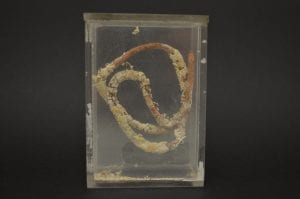[Last modified: March, 25 2019 11:16 AM]
After someone’s death there is usually a collection of physical possessions and the memories held by loved ones. But what is left after the termination of an unborn child?
Womxn (see glossary) have fought for centuries for the right to keep control over their bodies and to not be judged for their decisions, as both have stigmas attached to them. In the past and still in some cultures today, having an illegitimate child is frowned upon and if a womxn decides to keep her child she can suffer from social exclusion and humiliation. In the United Kingdom, during the 1800s, when the first object in this section of the exhibition was used in attempts to terminate a pregnancy, a woman would receive little or no financial support from the father or the state if she was not married, having to lead a financially unstable life whilst supporting a child. These are a few of many reasons why womxn chose to terminate the life of an unborn child.
Foreign Object found in Bladder
Collection: Free Hospital Pathology Collection Accession No:GU.59.4
Materials: Rubber and calcite Origin: England
The object is a rubber tube used in medicine for a wide range of purposes (a catheter). It was removed from the bladder of a woman in 1870 after she had been complaining about pain. When the doctors asked her how the object found its way there, she said she did not know. It is probable that she used the length of catheter to attempt an at home abortion and lost it. This can be assumed as four days after the removal of the tube, she aborted a four month old foetus. The white flakes that cover the tube are phosphates that attached to it while it was inside the woman.
The way it found itself into a museum collection and this exhibition was most likely through one of the doctors who removed the object from the woman. They would have kept it as a curiosity, and when the doctor retired, gave it to the Pathology Collection at the Royal Free Hospital.

Syringe with Spinal Needle
This instrument is used in a modern methods of abortion at around eighteen months. It can be used to inject the mother with substances that will induce labour.
Although the methods to carry out an abortive procedure have become safer and more effective since the 1800s, there are still sever physical and emotional harm a womxn can face. These issues are scarcely spoken of in the western world, and through lack of knowledge and understanding give womxn who have chosen abortion very little support.
Where access to termination is limited or impossible, womxn are forced to undergo extremely painful and possibly unsuccessful procedures, such as the one that occurred while using this piece of catheter. This object represent the extreme actions womxn can take to stay in control of their lives and their bodies.
In most instances after an abortive procedure there are no physical remnants of what has occurred, only internal ones, with the only object to act as a reminder being the one that induced the abortion.
